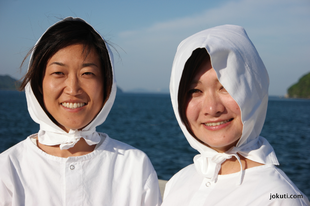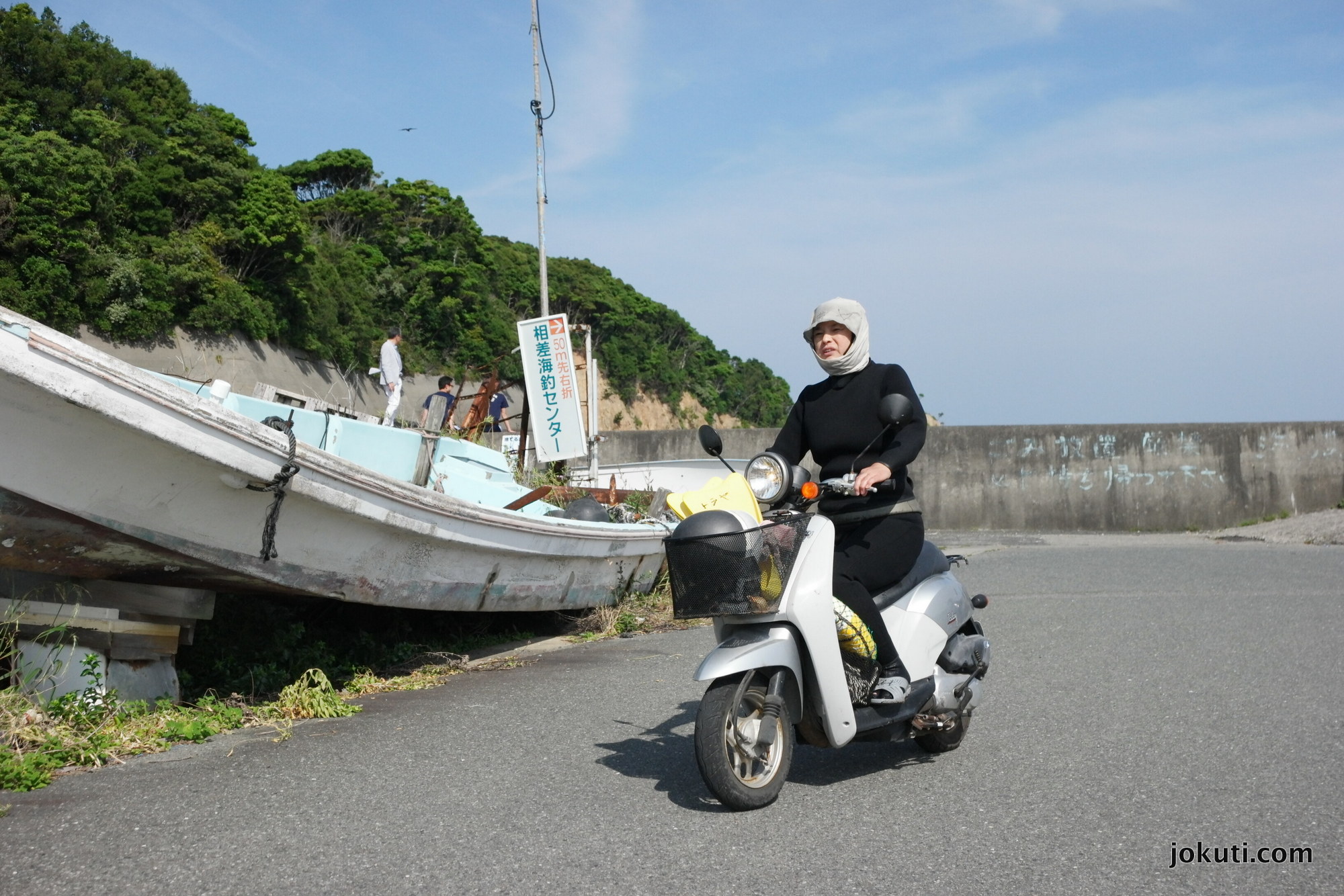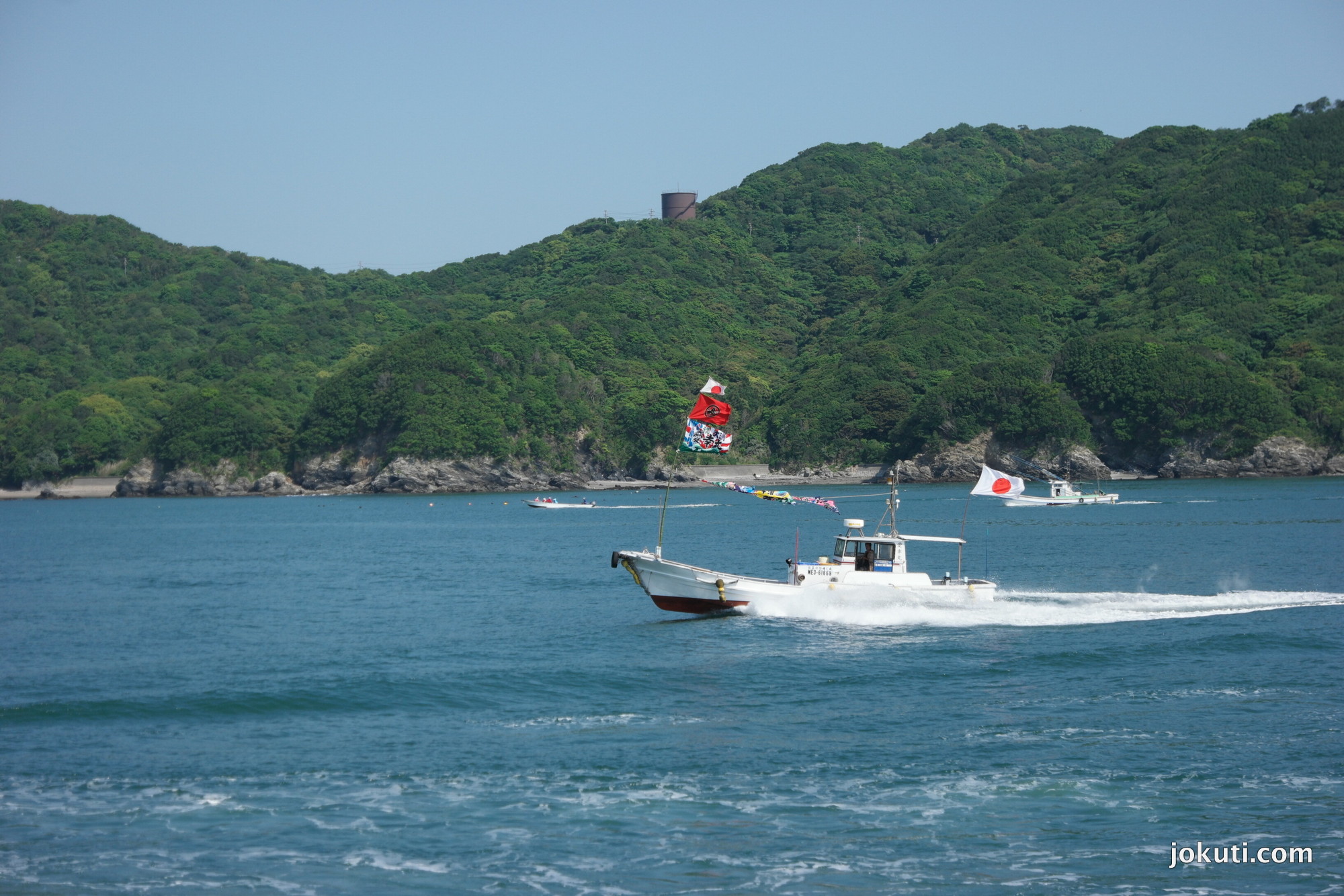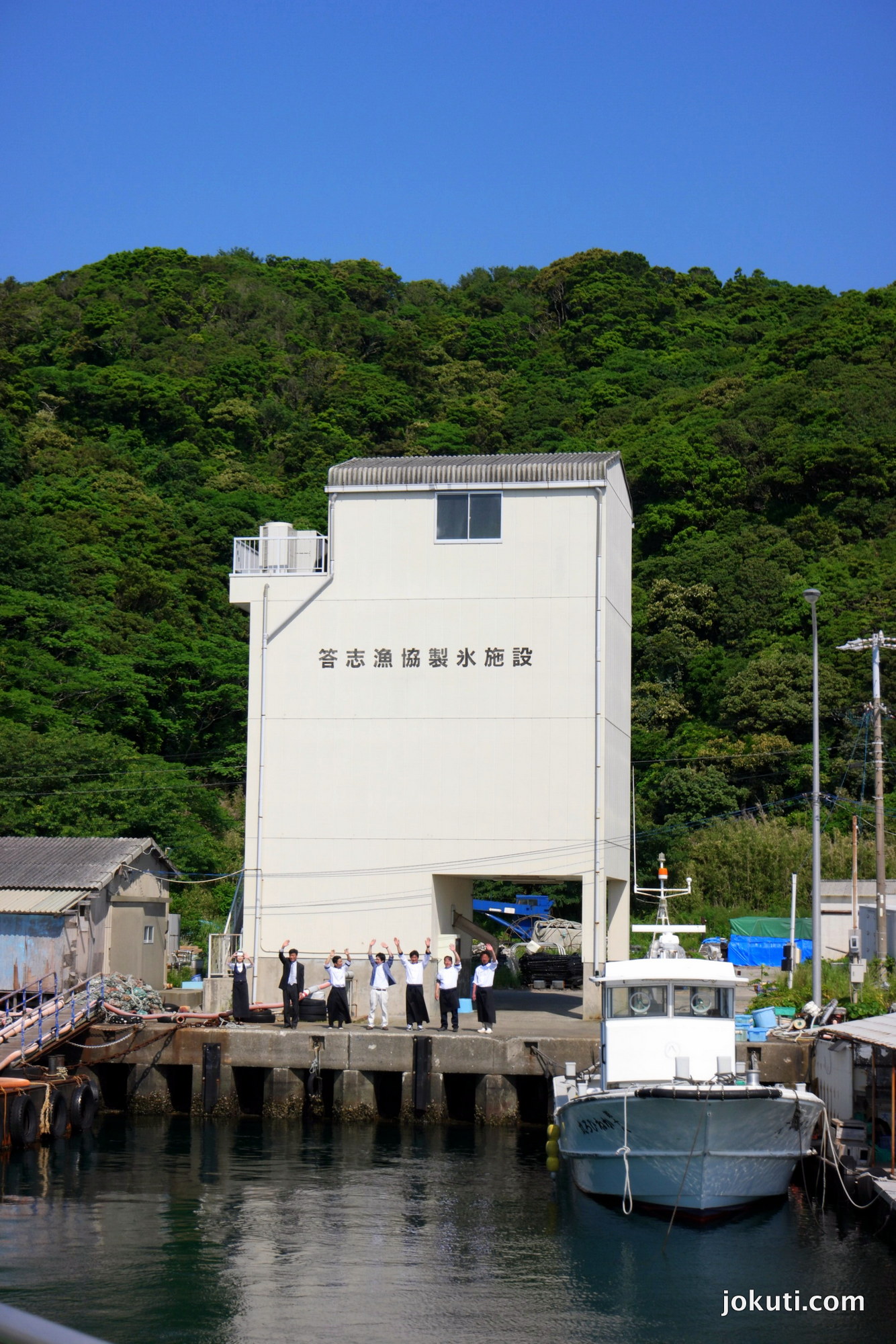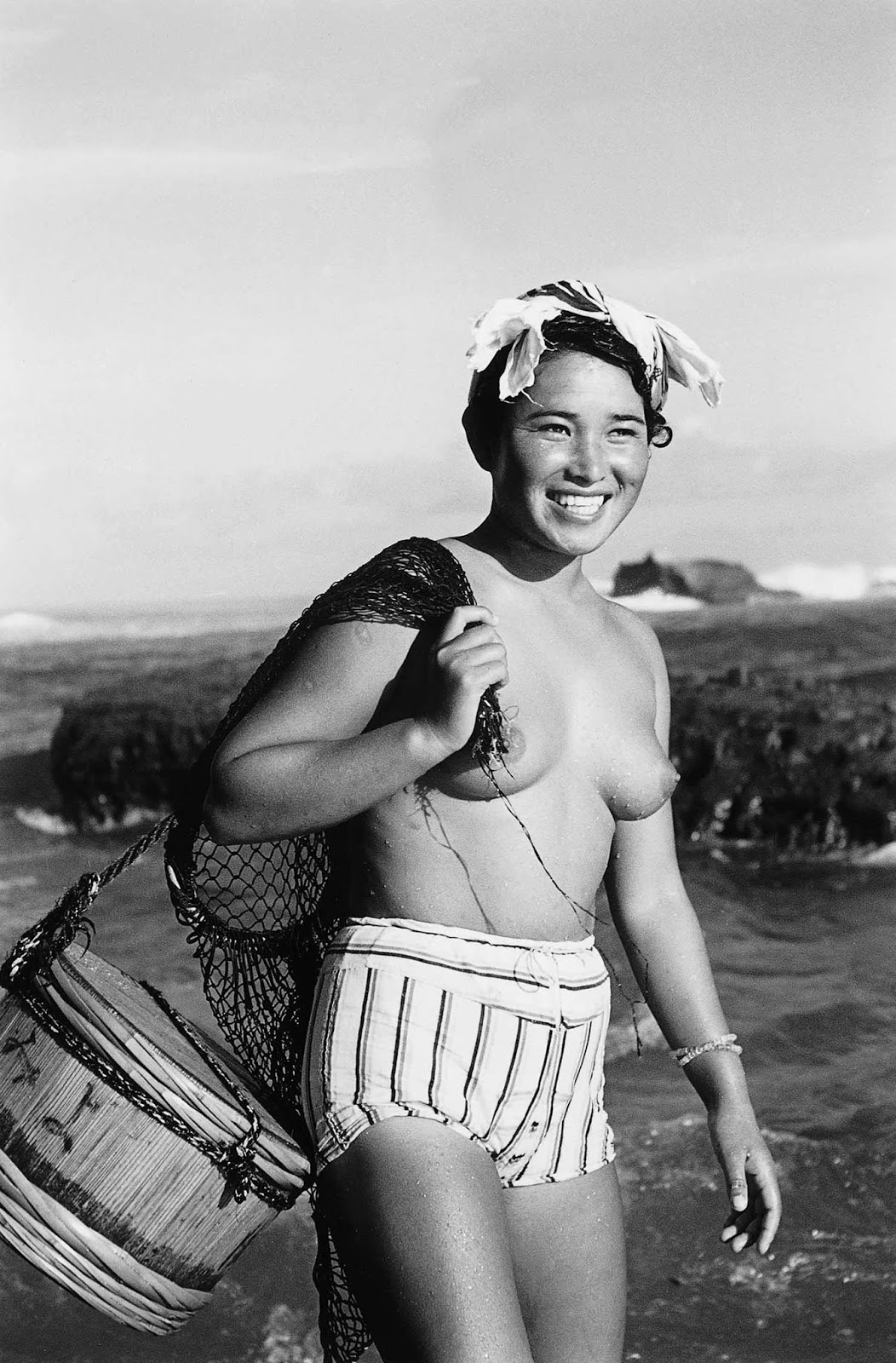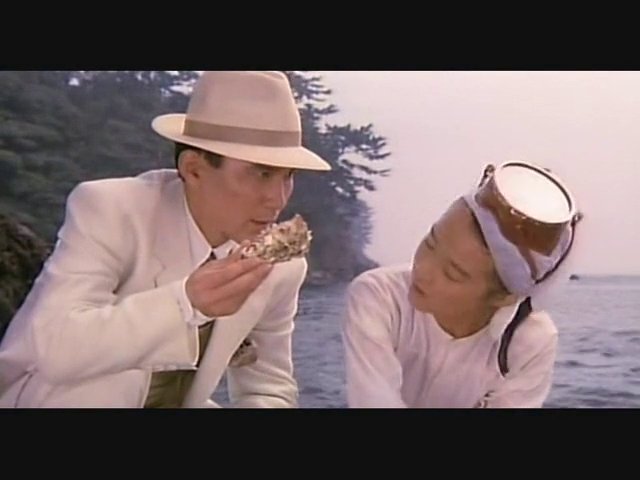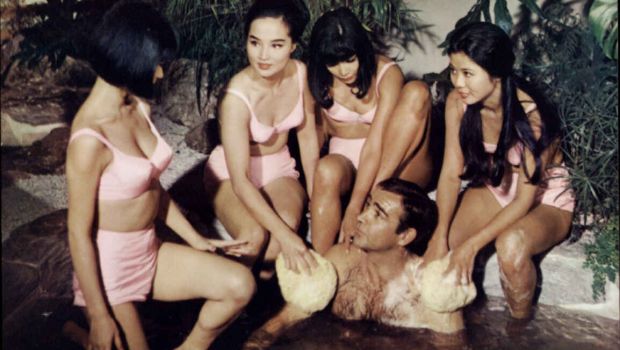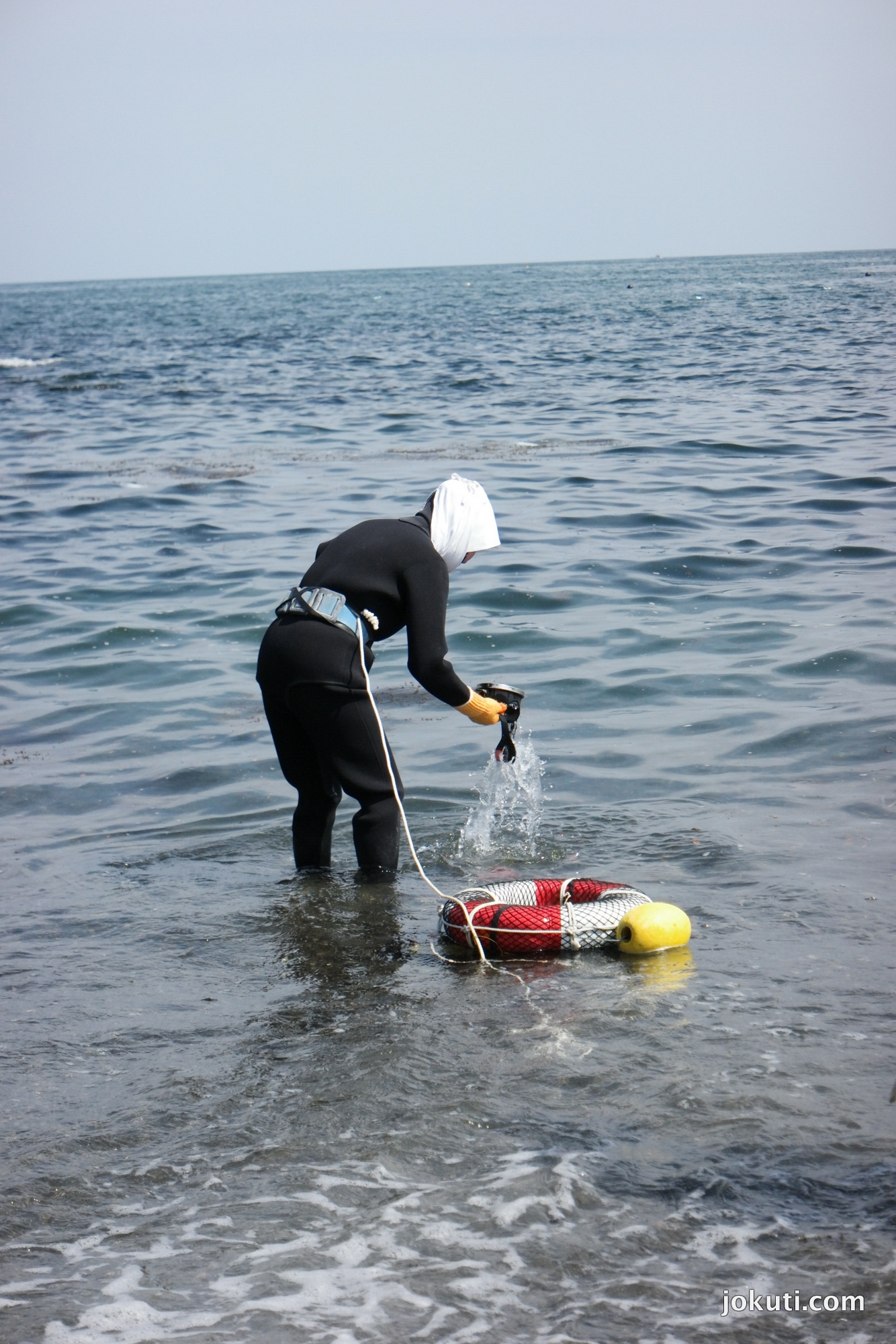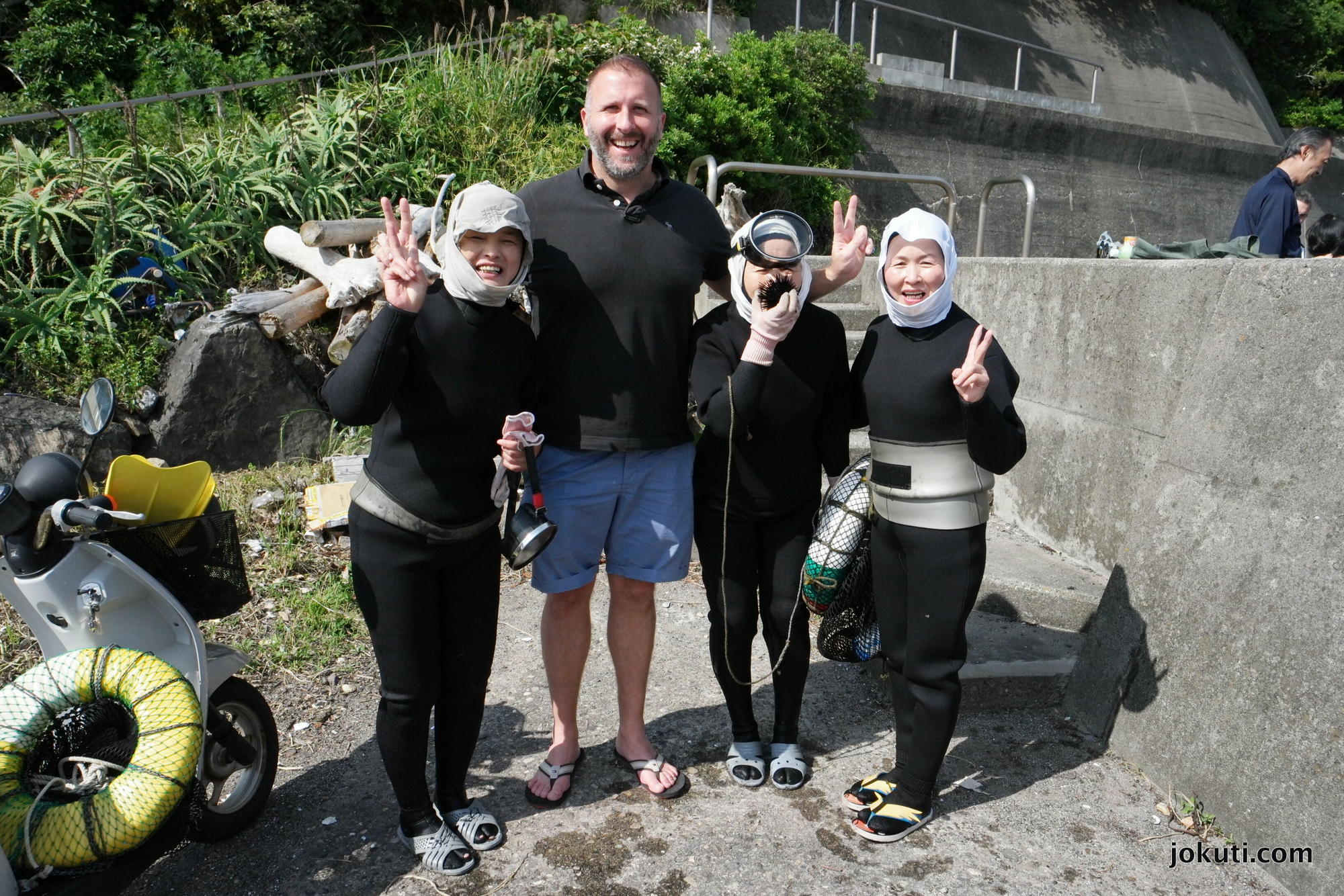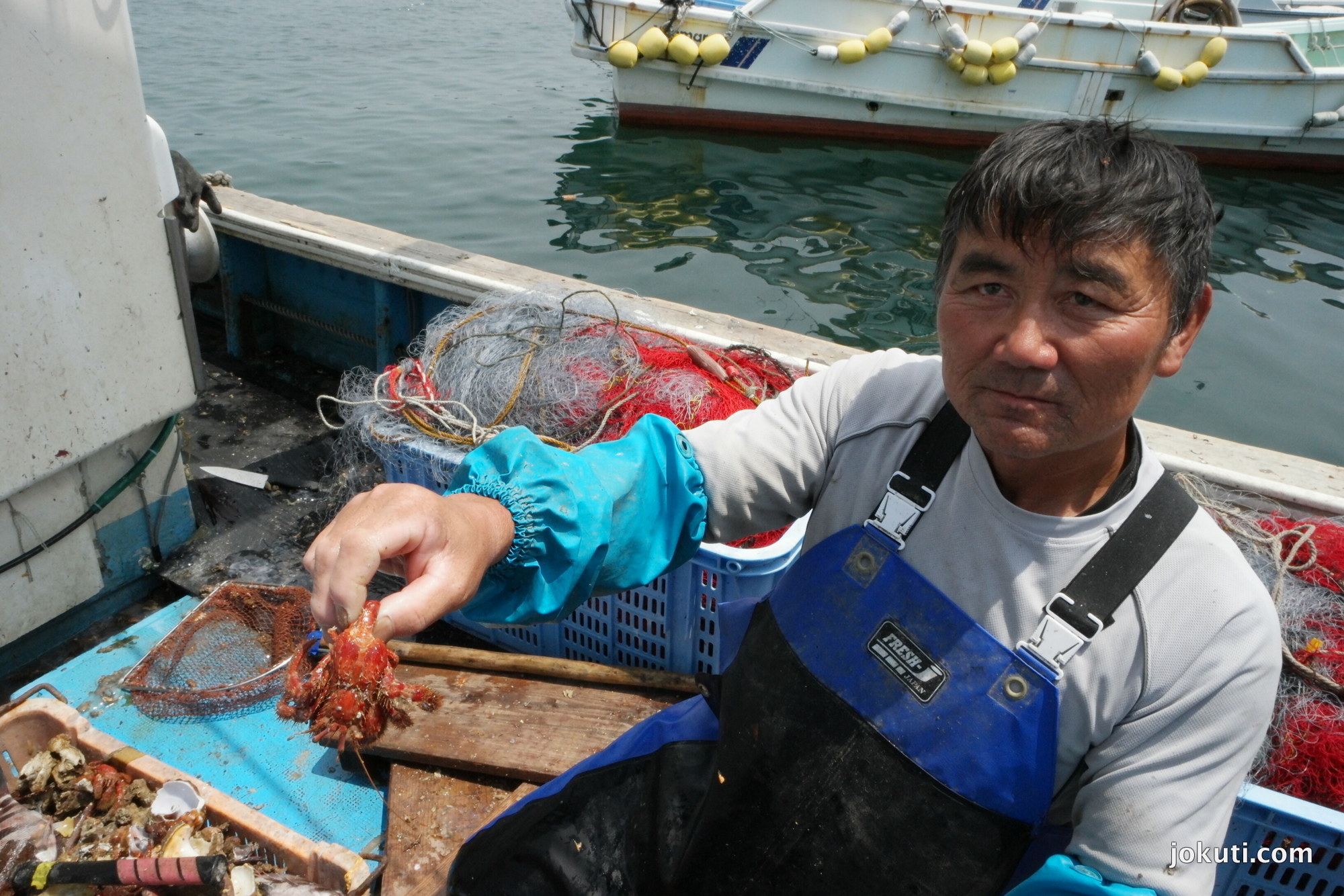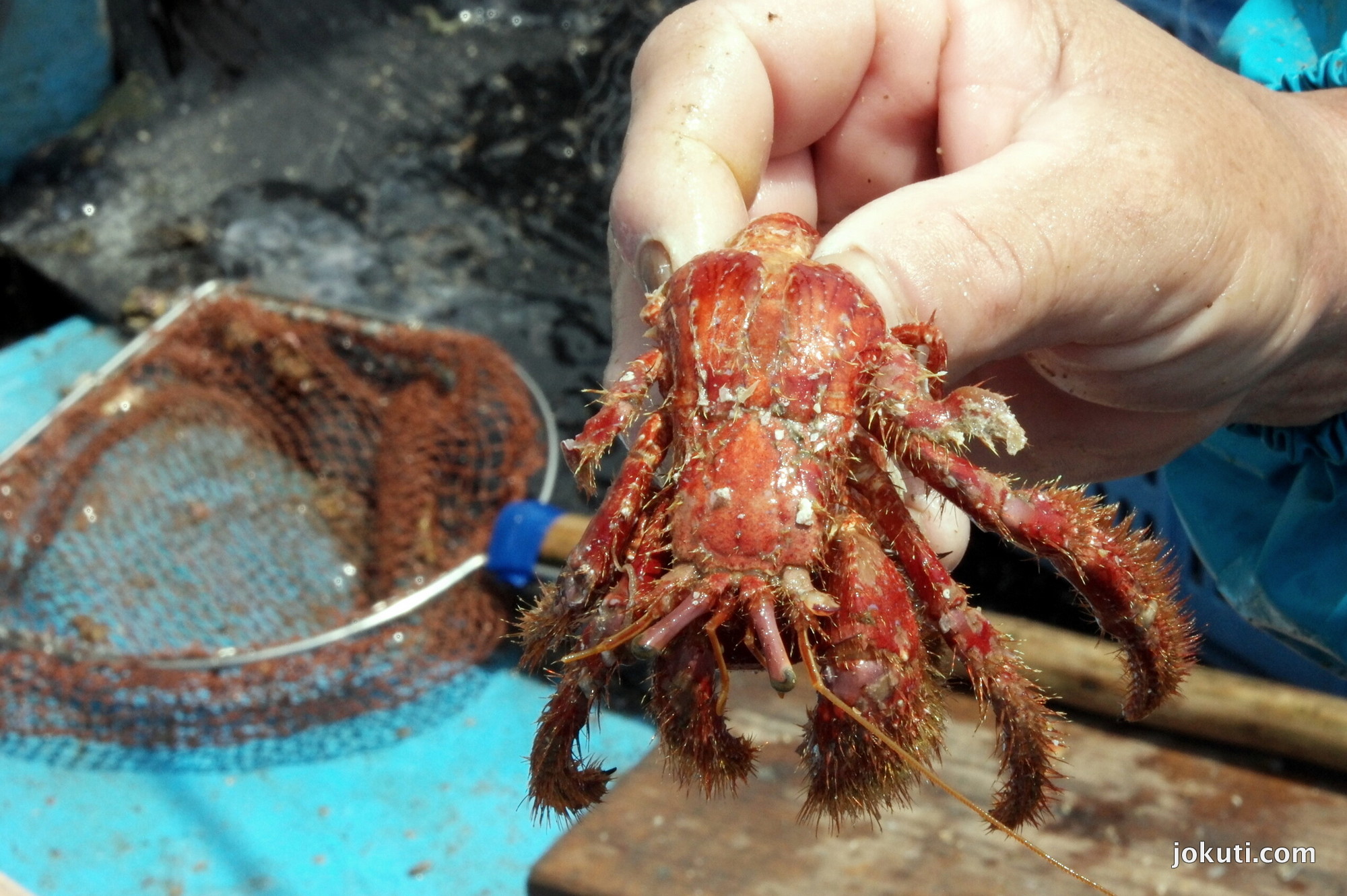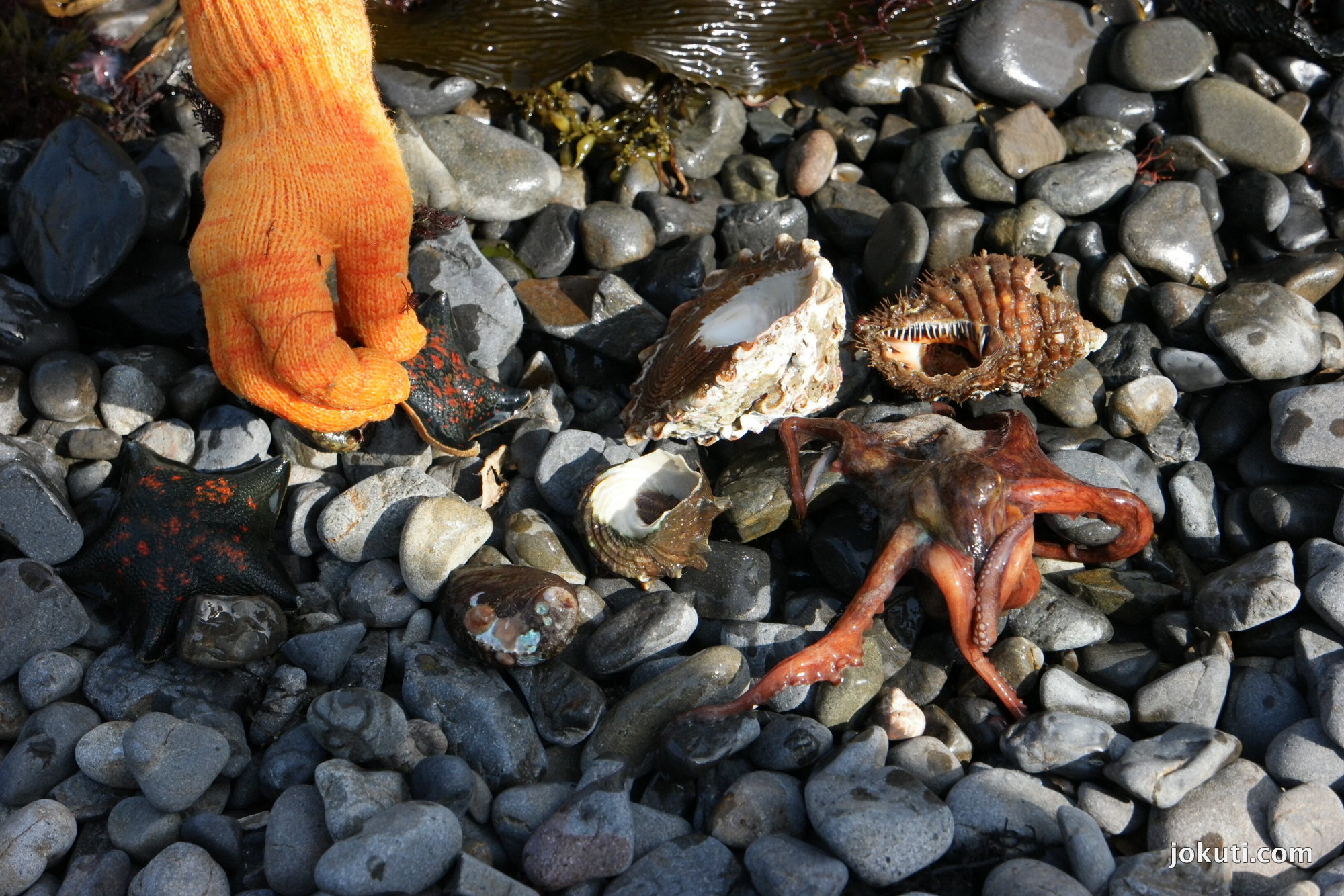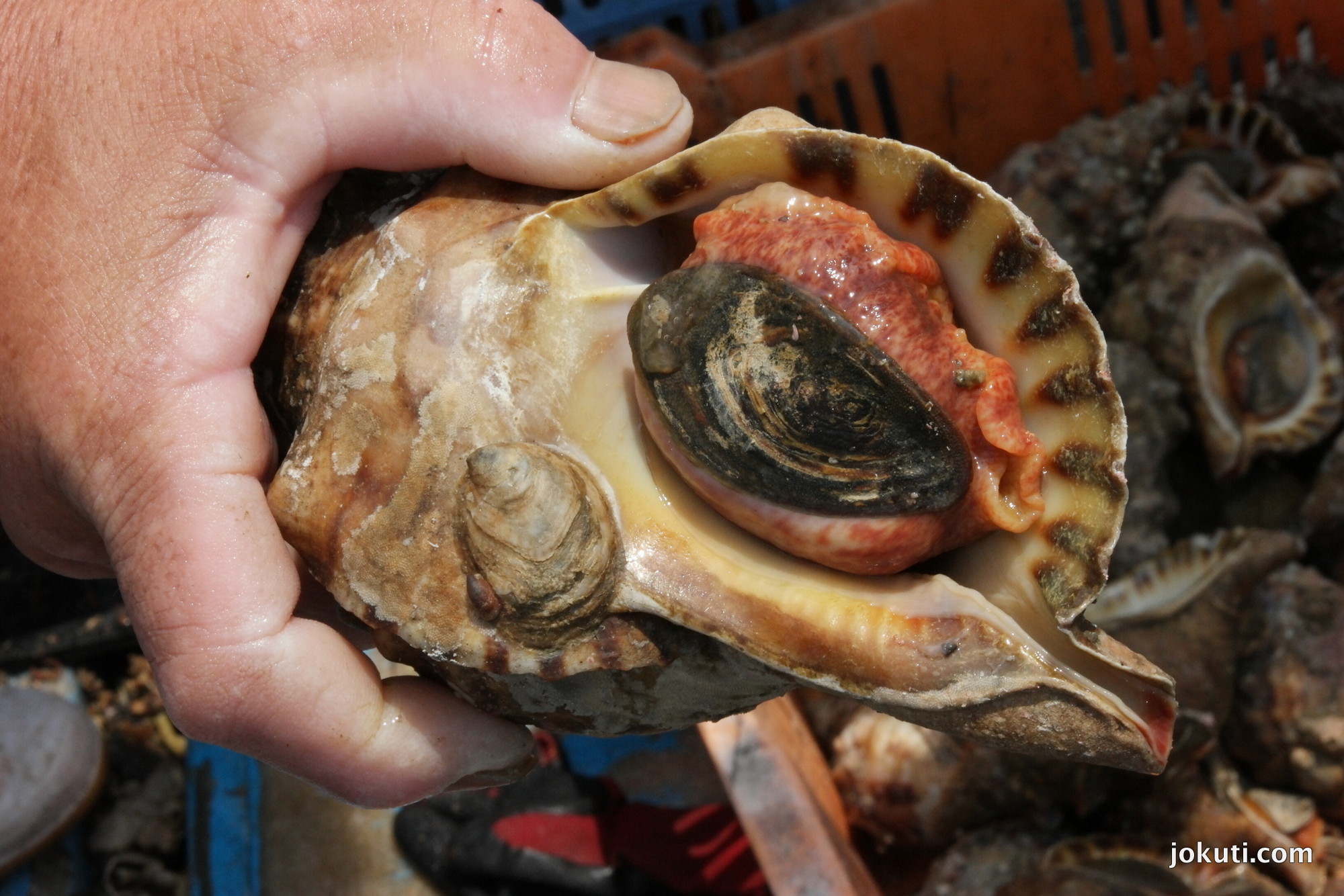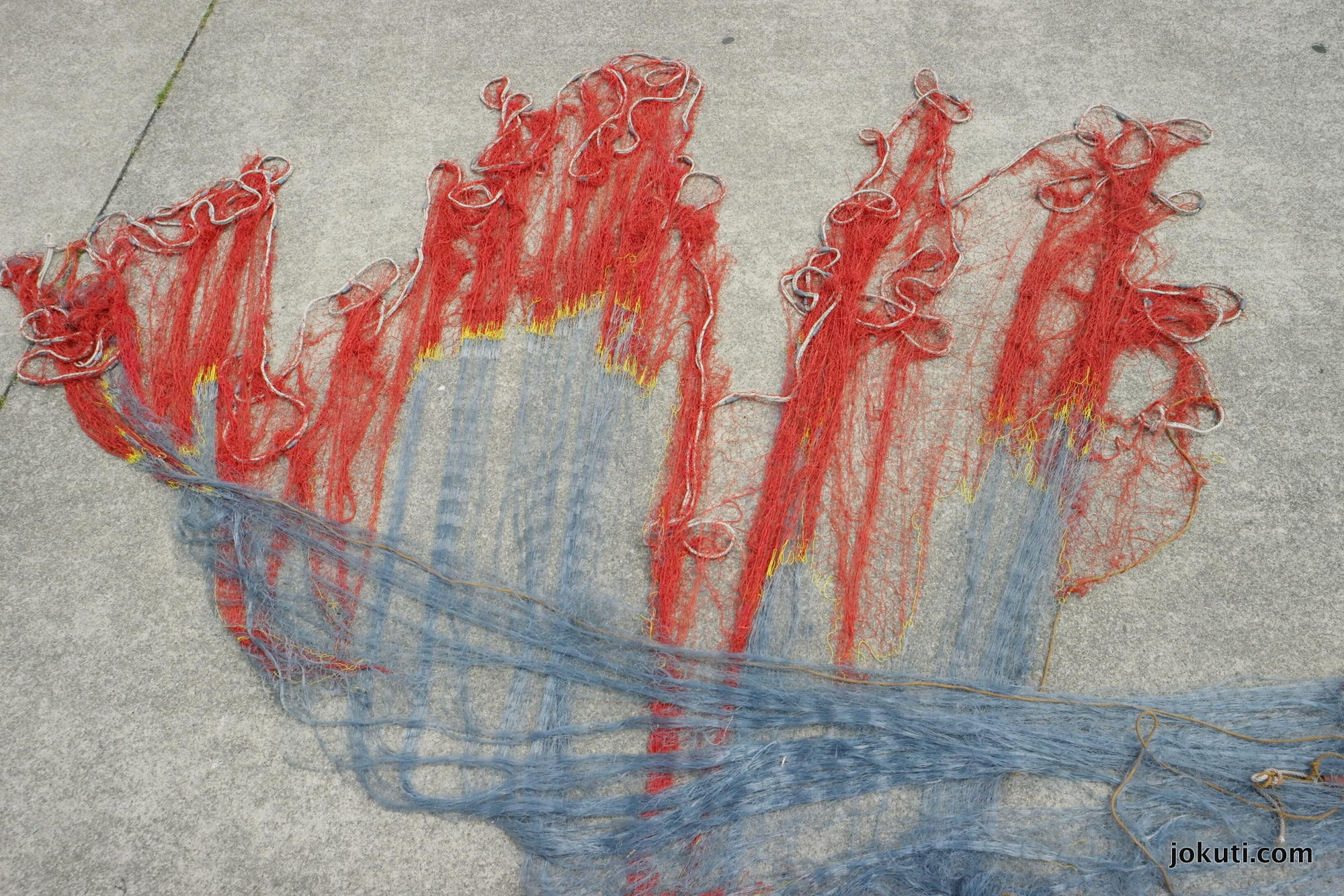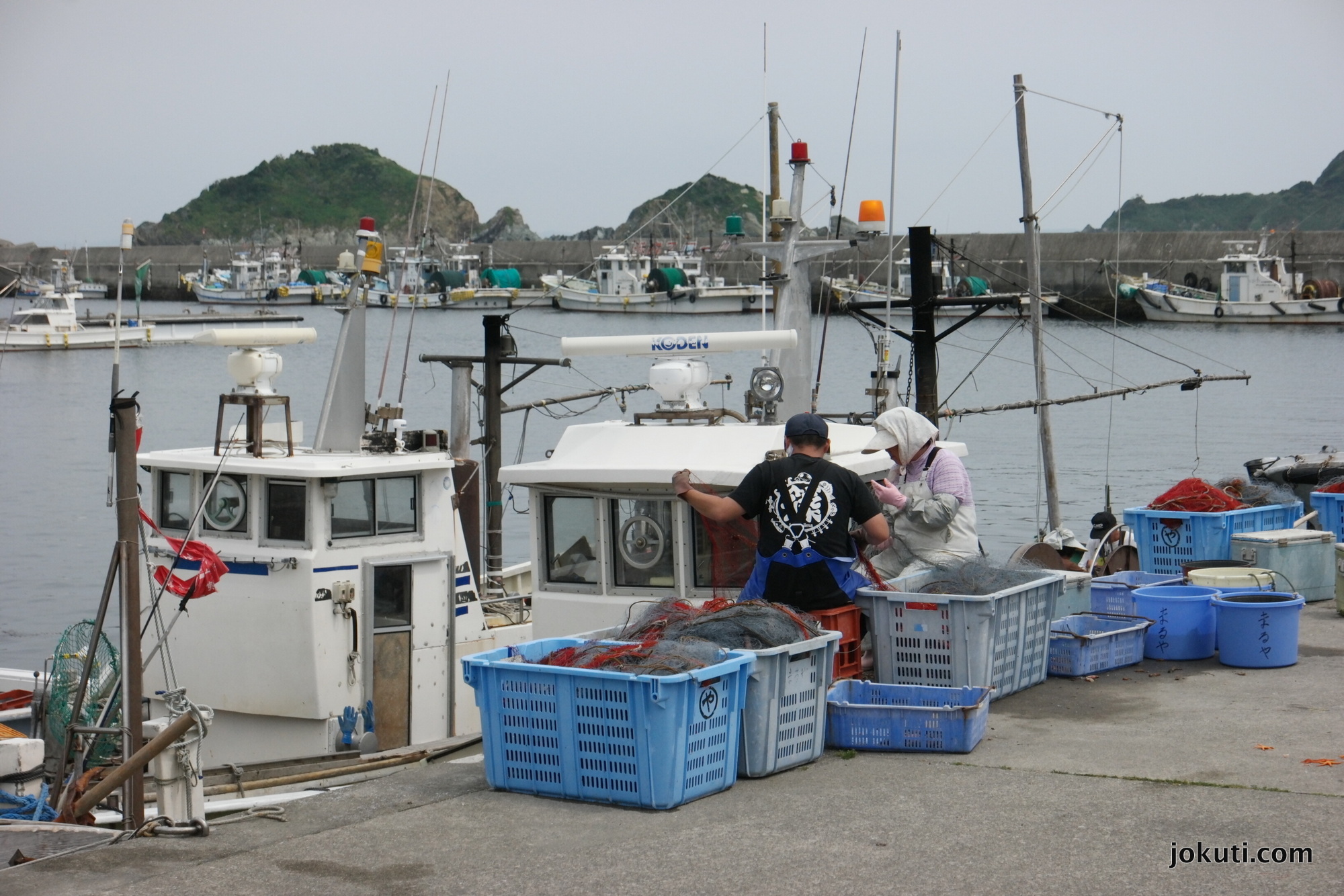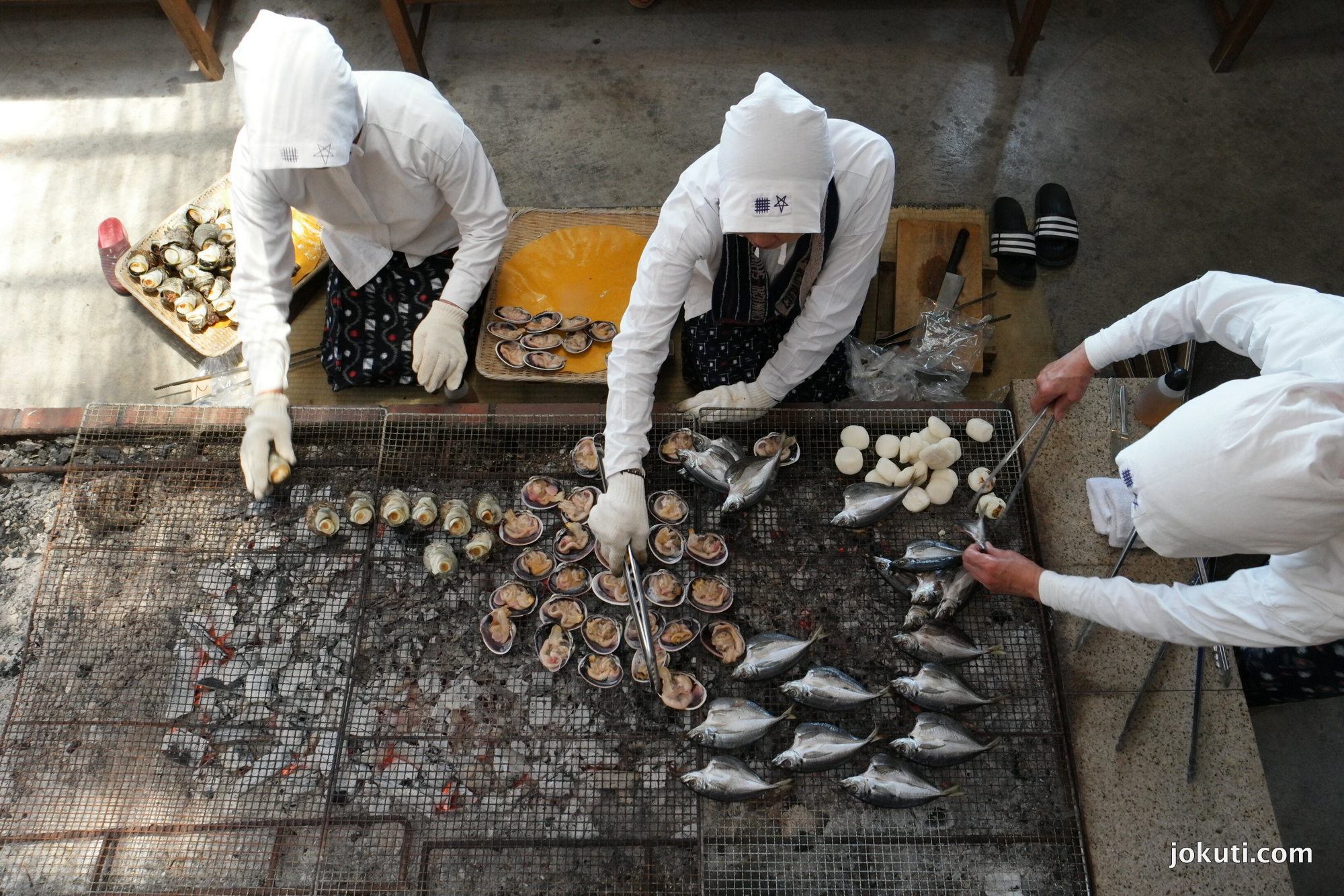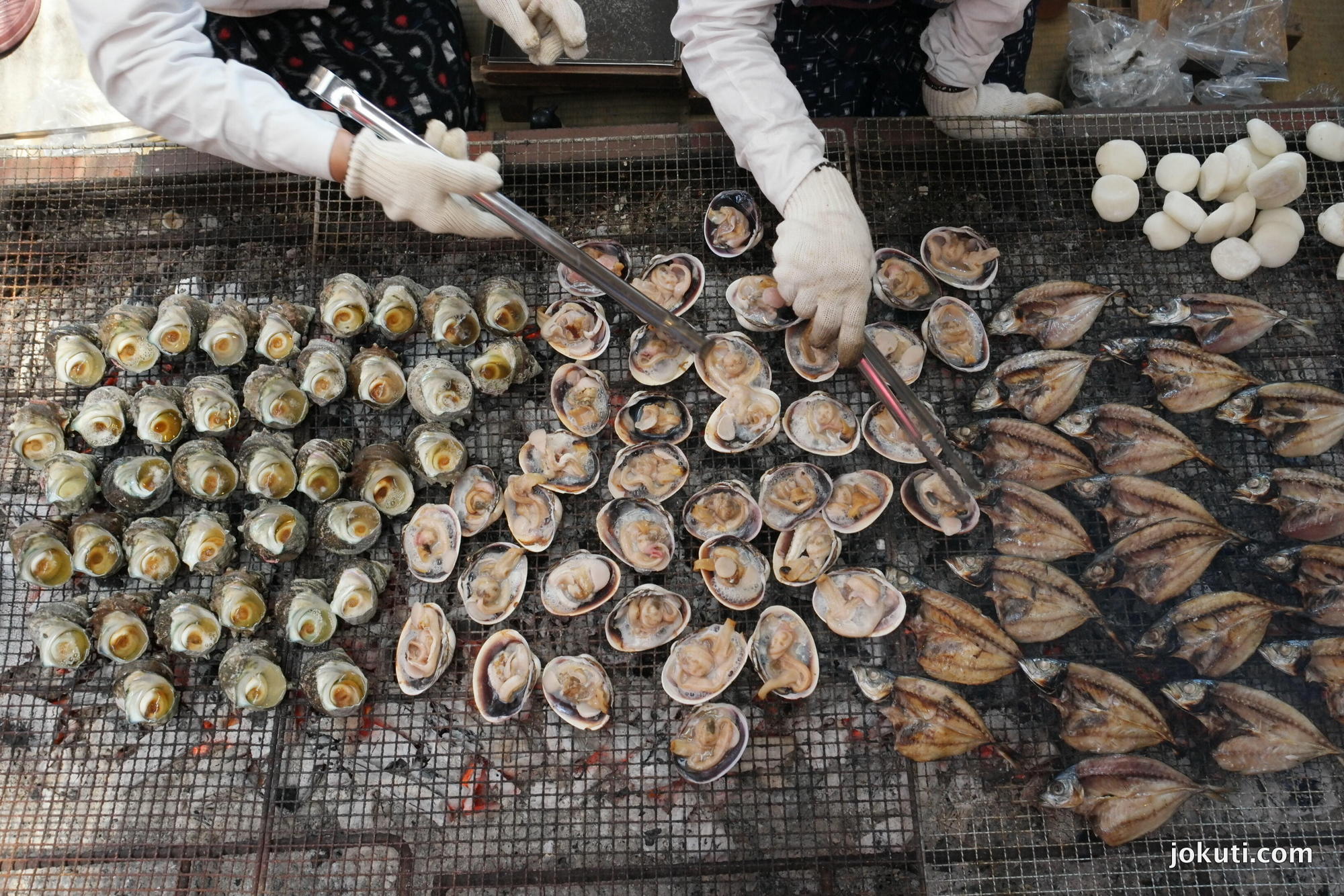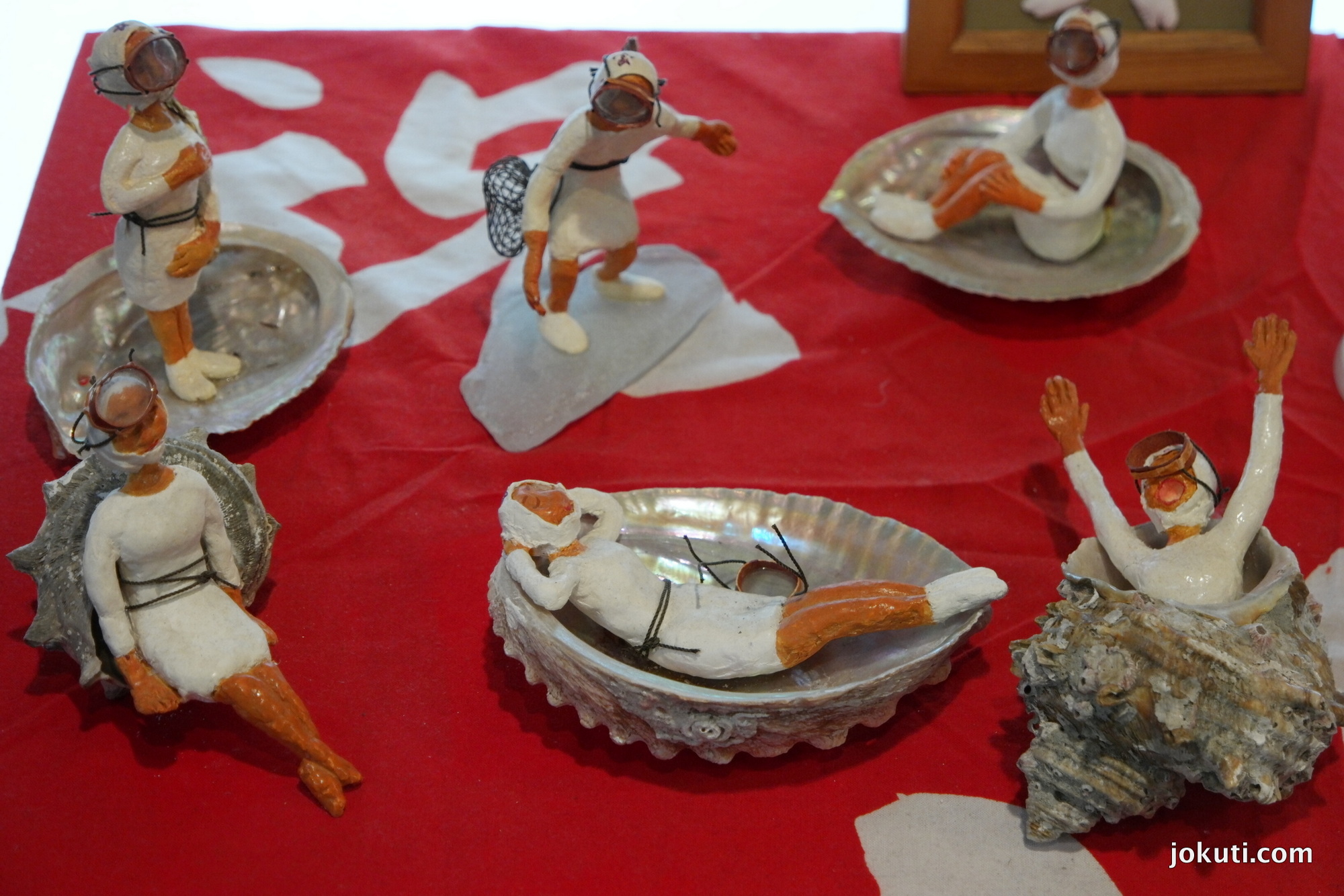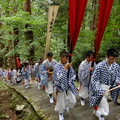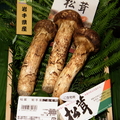While Japan is supposed to be one of the most advanced countries, its uniqueness comes from the coexistence of 22nd century technologies and ancient traditions. The mysterious ama are an example: in some parts of the country, women still free dive to fish.

Women dressed in white linen are arriving on their mopeds in one of Japan’s hidden corners, Toba. The town with its 20.000 inhabitants is - to put it mildly - very tranquil, no need to be afraid of hordes of tourists; life is very calm and modest here, which has its advantages, I must say. Perhaps it was also this serenity that contributed to keeping the ancient tradition of diving fisherwomen so much alive in this part of the country. According to archeological findings, women have made their living by pursuing this profession for thousands of years. Although most of them are now in their 60s and 70s, the upcoming generation is also represented. And while their equipment might appear strange, old-fashioned and simple, their methods are also advanced. After all, they work in full harmony with the nature in a sustainable way and they do catch the best quality seafood.
Mainstream ama
Although they might be quite unknown in the world, Japanese mermaids have appeared in pop culture. For example in the James Bond movie ‘You only live twice’ (1967) with Sean Connery (in those days it was still common that the ama were only wearing their traditional loincloth in case of good weather). You might also remember the 1985 Japanese gastro cult movie, ‘Tampopo’, where a beautiful ama sensually serves a gangster in white suit with an oyster.
The ama mainly hunt the ocean for the - in Hungary not very well known - abalone, a sea snail, which is available in the summer season. In this period, all the better sushi restaurants serve a dish with abalone. The muscular, thick meat of this mollusc is usually not served raw; on the other hand, the preparation has its own tricks, like that of the octopus. This is the most important delicacy that gets in the traditional wooden bucket on the sea surface waiting for the diver to return from the deep sea. The other parts of the equipment are also quite basic, and the Verne-esque goggles don’t look very reassuring either; nevertheless, they go well with the vintage romance.
Bite of a live hermit crab
While taking photos on the Island of Toshi-jima a fisher boat is just arriving to the port. That’s when I am able to see firsthand the catch of the ama. I ask if I could step on the boat. This happens of course by using non-verbal communication - except for the greetings and saying thanks. In my case this meant that I, while watching the fisherman cleaning the boat, stepped on the boat with a big smile on my face and since he was not showing any kind of resistance, nor took out a samurai sword, I went closer. Common language could have remained the smile, had I been able to read the old salt’s (is it used for Japanese as well or are they named after a Pokémon??) sunburnt face to determine whether he’s smiling or shooting draggers at me. Therefore, I am hesitating a bit but then he suddenly grabs a seashell. I am even more surprised when he pulls out a hairy hermit crab, big as my fist. He then cracks the still living crab open without a moment of hesitation and offers me a piece to taste it. Now, I am a big fan of sushi, especially since I tried it at Japan’s best sushi chefs’, hence I am not afraid of raw fish, but this is a whole new level. Well, it’s fresh, I cannot complain and what could happen to me anyway (actually anything)?! Also, it would be rude to refuse it, so I eat it of course.
And it is delicious! This was the beginning of a beautiful friendship with the (seemingly) old sailor. I still check out the rest of the day’s catch thoroughly: there are some octopus in the aquarium as well as some snails (?) and mussels and of course, there are some abalone, too. Luckily, I don’t have to taste the rest and the octopus can also keep all their arms (for the time being). My French photographer travel mate just named me Capa, after the famous Hungarian photographer. Capa was the one to say that if your pictures aren't good enough, you're not close enough. Well, my pictures are still not good enough but at least I can get close enough.
A group of ama is heading offshore accompanied by boats for their daily hunt; this is the ‘funado’ style. Usually it’s their husband sitting in the ship or boat so they can sail further offshore and the “umbilical cord” provides extra security. They can give a sign by pulling the rope whenever they want to come up to the surface to catch their breath, unload the catches or in case of emergency. The original set of husband and wife is also called “totokakabune’ in Japanese, which means daddy-mommy boat. Regardless the family relations, the most important here is that in this case the ama can dive up to 10-20 m deep with a heavy stone in their hands, and the return to the surface is up to dad who is in charge of handling the winch. The other style is ‘kachido’. Here the ama are staying near the seashore mostly individually but they can team up and gather around their companion on boat. It is easy to recognize the ama on duty even from the shore as some kind of container, traditionally a wooden bucket or nowadays more likely a styrofoam container is floating above them as a buoy which is connected to their waist by a rope. To this buoy a net is attached in which the ama are collecting the bigger pieces of their catch but they would usually also carry some smaller bags tied to their cloths.
Celebrations and superstitions
Not only the profession and equipment belong to the ancient traditions but also the customs and superstitions, which are closely linked to everyday life. The more elaborate ceremonies are celebrated at the beginning of the fishing season and the simpler beliefs are for the day-to-day life, such as the symbols on the hoods and equipment of the diver to ward off ill fortune and demons. The Seiman or five pointed (not red) star symbol and the Doman, a latticed pattern worn on the hood are meant to save the wearer from bizarre underwater creatures, in addition, according to the legends, they don’t only meet actual creatures but also demons near the seabed. Tomokazuki is one of them: she looks exactly like an ama diver. When encountered, the smiling Tomokazuki tempts the diver to follow her deeper even by using an abalone as a bait. The ones obeying will be kept by the deep sea forever. But there are some even more dangerous ones. Perhaps the scariest is the Sirikobosi monster who pulls out the poor ama’s liver (!) through her anus(!!)... Thus it is not at all surprising that they do whatever it takes to save their liver. Apart from the simpler tricks like the painted or embroidered symbols, it is not in vain to tap on the side of the bucket with their knife before diving and repeating the chant ‘chu-chu, cujo-cujo’ preferably with a mouth full of seawater. But with all these they are still not completely covered against all the dangers so they organize several other ceremonies, rites throughout the year according to strict rules. One of them is, for example the ritual when they throw seawater over themselves on New Year’s day, before the dawn and celebrate the first sunrise of the year. Or the “holiday” on 25 or 26 June, the Gosai which has to be spent strictly in the shrine, praying instead of going to work. This mandatory time out is taken seriously even by the biggest workaholics, since those working on this day would have to count on attacks of the demons or if someone encounters a shark that would mean losing their life! (I would also count on that if I were to meet a shark on my own...) It is also useful to present food offerings on the altar facing the sea at the beginning of the season. There is also one particular delicacy specially prepared for this occasion to offer for the Gods: abalone cut in long spiral stripes and dried.
Dinner
Obviously, you need to do something with the catches of the many dives, and you can start-off straight on the shore. These sea creatures are in fact so fresh and delicious that they hardly need any seasoning nor complex preparation, they can get on the grill in the huts of the ama (or in open air). They will only be seasoned with a cocktail of soy sauce, mirin (sweet rice wine) and water while grilling over the charcoal and the result is fantastic! In addition to the abalone, oyster, scallops and other shellfish, suddenly a few lobsters turn up as well. I have no clue if they are also from the bucket of the ama or from somewhere else but a well-mannered person would never grumble about that.
Near extinction?
The best part of the fishing methods used by the ama is that there is no risk of overfishing, because they can only harvest and carry a small amount. This is what I call sustainability. They have direct contact with the natural habitat of their catches, they know the best fishing sites which they have frequented for decades, thus in a way it is normal that they respect nature. This ancient profession is unfortunately dwindling, only 2000 ama are still working in Japan and their average age is well above the Hungarian retirement age. The new generation doesn’t seem to be very motivated. Yet, the ama are still very proud of their profession. Earlier, daughters used to follow in their mother’s footsteps. Today’s veterans were dreaming of being the ‘Little Mermaid’ in their childhood. However, next generations somehow don’t find this lifestyle nor the small town life very appealing. Instead, they prefer the pull of the big cities and the opportunities they offer. They study, choose a different career and abandon the profession of their mothers. 69-year-old Shigeyo Nakayam explained that she has been working as an ama for 50 years. She inherited the profession from her mother but neither her daughter nor her granddaughter are continuing it; they haven’t even learned how to swim...
Amaparade?
Should this profession become trendy again, it would also be thanks to your writer. One evening, I was having dinner with the mayor who was very interested in my idea on how to revive the culture again, how to make this profession more attractive and how to gain more respect from society. All it takes is a couple of days long festival with celebrations, ceremonies and the main attraction would be the competition of the ama where the divers would compete in their special white attire like in a fishing tournament. Finally, the daily catch would be served at the end of the last day of the competition: by grilling the fresh seafood under the sky, supporters would also get a taste of the pleasures of this vocation.
How to get there
You can easily get to Osaka by KLM with only one transfer. From there, it takes only one hour by train to get to Toba. It‘s also useful to get a JR train pass for the whole Kansai region. With that, you can, without spending an arm and leg, efficiently reach other important places, too, like the stunning Himeji castle, Kyoto or Nara’s towns with plenty of attractions. Moreover, there is Kobe, where you cannot only eat steak but you can also enjoy the beach.

